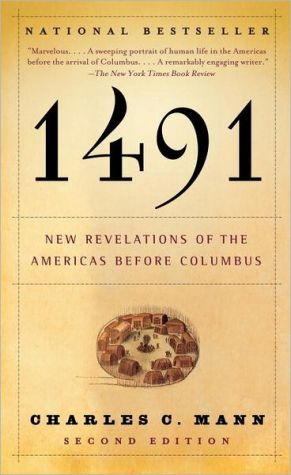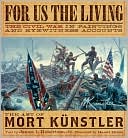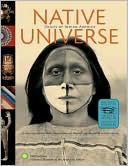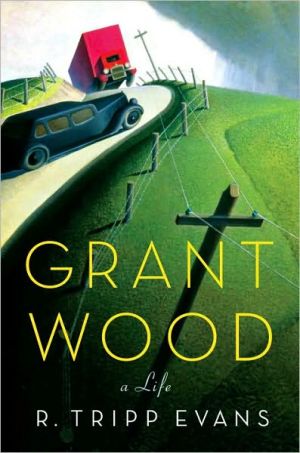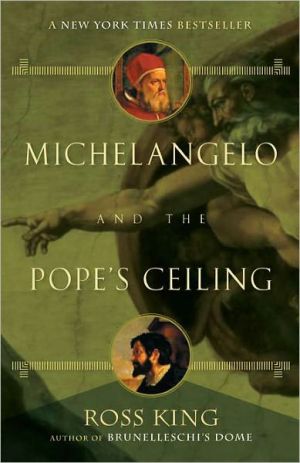Bike Boys, Drag Queens, And Superstars
"This comprehensive, insightful study demonstrates that 1960s New York underground film fused ‘artistic innovation and the exploration of everyday life’ and distinctively interacted with mass culture.’" —Choice\ "... thoroughly researched [and] engaging text... " —Library Journal\ "This is a very timely and welcome book.... intervenes very effectively to to rewrite the history of the 1960s American underground cinema." —UTS Review\ At the confluence of experimental art and the gay subculture...
Search in google:
"This comprehensive, insightful study demonstrates that 1960s New York underground film fused 'artistic innovation and the exploration of everyday life' and distinctively interacted with mass culture.'" — Choice"... thoroughly researched [and] engaging text... " — Library Journal"This is a very timely and welcome book.... intervenes very effectively to to rewrite the history of the 1960s American underground cinema." — UTS ReviewAt the confluence of experimental art and the gay subculture of early 1960s New York, Juan Suárez discovers a postmodern, gay-influenced aesthetic that "recycles" popular culture. Filmmakers Kenneth Anger, Jack Smith, and Andy Warhol epitomize this sensibility, combining the influences of European avant-garde movements, comic books, rock 'n' roll, camp, film cults, drag performances, fashion, and urban street cultures.Library JournalSurez (English, Univ. of Murcia, Spain) opens by juxtaposing Clement Greenberg and Frankfurt school thinkers with a counter-tradition that uses mass images in an effort to integrate art and everyday life. This later tradition becomes the springboard for the author's description of America's underground culture and its role in the production of gay identities. The text's second phase counterpoises Jack Smith's desire to "avoid entering the cultural market as commodity" with Warhol's insatiable desire to publicize everything as art and all art as commerce. The text's chief weakness is the unnecessary and unconvincing attempt to link the European avant-garde with American underground culture. Nonetheless, mainstream cinema's current explosion of transvestite film and Mary Harron's just-released I Shot Andy Warhol make Surez's generally well-written, thoroughly researched, and engaging text a timely addition to both cultural and film studies.David Seelow, SUNY Coll. at Old Westbury, Long Island, N.Y.
AcknowledgmentsIntroduction1Avant-Garde and Mass Culture: Mapping the Dialectic12The American Underground as a Cultural Formation: Practices, Institutions, and Ideologies523The 1960s Underground as Political Postmodernism: From the New Sensibility to Gay Cultural Activism874Pop, Queer, or Fascist? The Ambiguity of Mass Culture in Kenneth Anger's Scorpio Rising1415Drag, Rubble, and "Secret Flix": Jack Smith's Avant-Garde against the Lucky Landlord Empire1816The Artist as Advertiser: Stardom, Style, and Commodification in Andy Warhol's Underground Films214Conclusions260Notes265Filmography317Bibliography321Index345
\ Library JournalSurez (English, Univ. of Murcia, Spain) opens by juxtaposing Clement Greenberg and Frankfurt school thinkers with a counter-tradition that uses mass images in an effort to integrate art and everyday life. This later tradition becomes the springboard for the author's description of America's underground culture and its role in the production of gay identities. The text's second phase counterpoises Jack Smith's desire to "avoid entering the cultural market as commodity" with Warhol's insatiable desire to publicize everything as art and all art as commerce. The text's chief weakness is the unnecessary and unconvincing attempt to link the European avant-garde with American underground culture. Nonetheless, mainstream cinema's current explosion of transvestite film and Mary Harron's just-released I Shot Andy Warhol make Surez's generally well-written, thoroughly researched, and engaging text a timely addition to both cultural and film studies.David Seelow, SUNY Coll. at Old Westbury, Long Island, N.Y.\ \ \ \ \ Kirkus ReviewsA passingly intelligent but disjointed critical examination of the gay "underground" cinema movement of the 1960s.\ Drawing mainly on the work of Kenneth Anger, Jack Smith, and Andy Warhol, Suárez (English/Universidad de Murcia, Spain) attempts to frame a slightly new conception of the historical relationship between the avant-garde and mass culture. Instead of a merely oppositional relationship, he sees, especially in these gay underground movies, a dialectical (love-hate, to the layperson) dynamic, as the filmmakers simultaneously embrace pop culture and critique it. For example, in Scorpio Rising, Anger both celebrates motorcycles, movie stars, and doo-wop songs and critiques them as emblems of mass culture's violent, fascistic potential. Suárez also details how gay filmmakers have expropriated images from the straight world and given them a gay reading, with drag queens being the classic example. But before Suárez can get to these ideas, he feels compelled to labor us with a 50-page history of the European avant-garde, freighted with enough stale Parisian jargon to fuel the entire Yale English department. Then there is an extended, discursive history of the American underground. In fact, the individual filmmakers, although the ostensible subject of the book, are treated almost perfunctorily. Suárez has too many other agendas to satisfy.\ Like the films it sometimes analyzes, flashes of brilliance amidst high and low pretentions, pastiche, and pother.\ \ \


